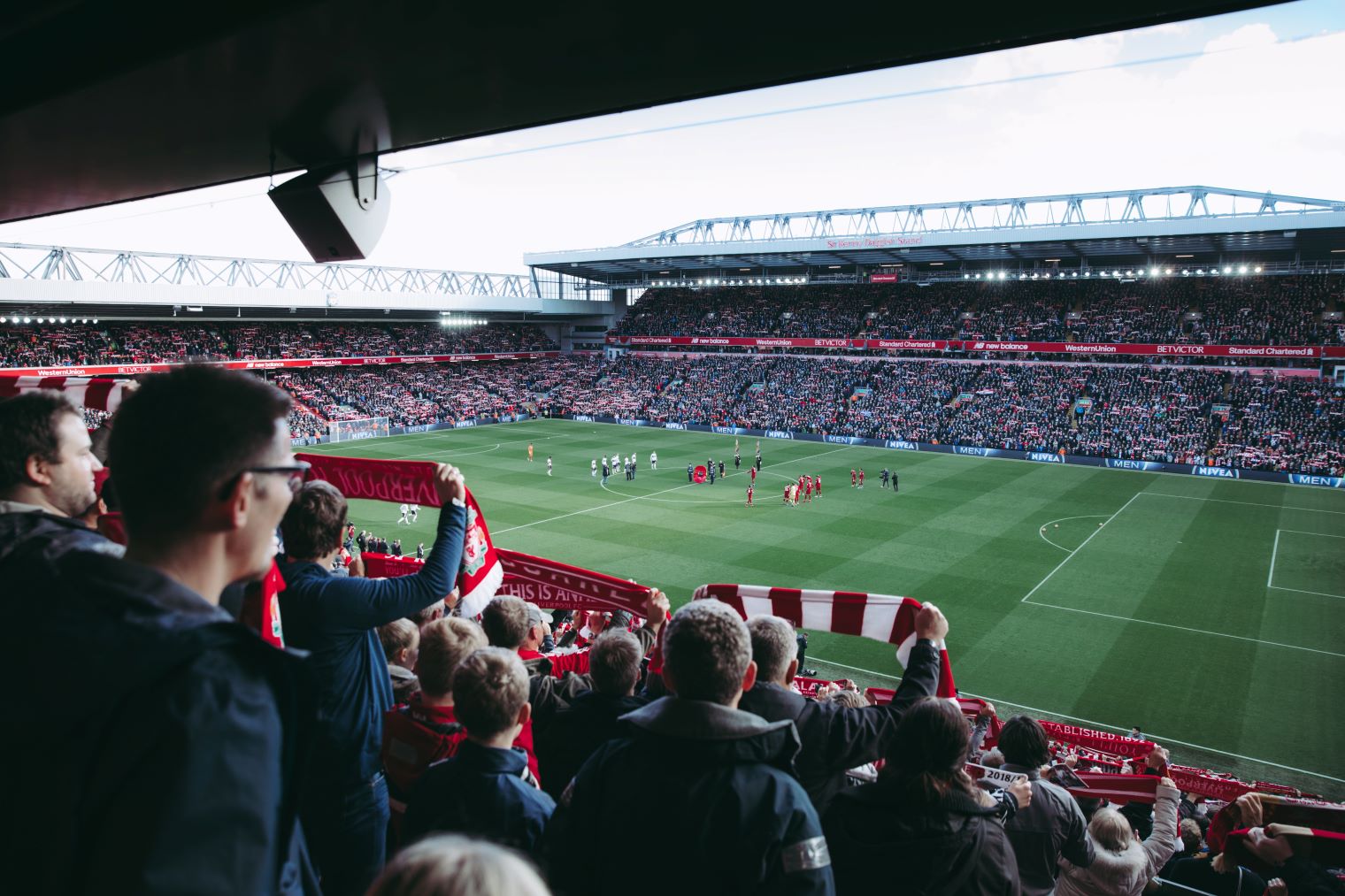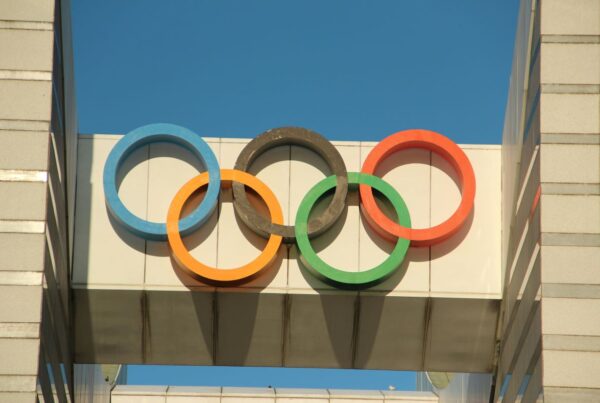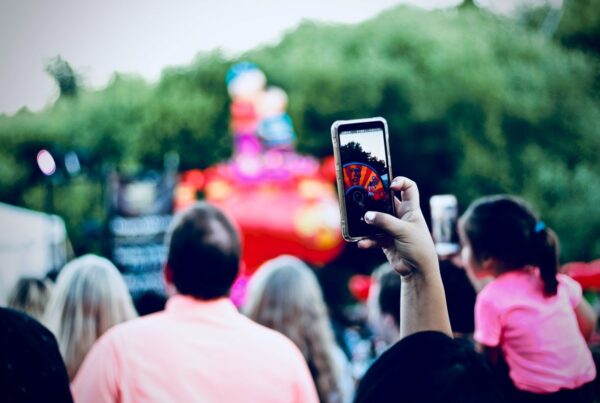The reconquest will be done by the user experience
By broadcasting the Europa League final last May, M6 generated a record audience of nearly 7 million viewers in front of their screens.
If the big matches still succeed in strongly mobilizing the fans, the stadiums are nevertheless facing a significant drop in attendance, competing with television, streaming or themed bars, which are more accessible and less restrictive.
A few days before the World Cup in Russia, these modern temples must therefore bet on their digital transformation to bring the general public back into the arena throughout the year. The reconquest will be done by the user experience, or it will not be done!
In 2017, if the average filling rate of stadiums during the first days of Ligue 1 in France was 68.2%, cities like Toulouse or Monaco had more difficulty filling up. In the ranks of Paris Saint-Germain, this rate still peaked at 99%, worthy of the German and British stadiums!
Beyond the headliner, this inequality in the filling is justified in particular by the investment of the Parc des Princes in the digitization of its services offering a Wi-Fi connectivity solution to allow spectators to live a unique experience.
This ease of access to the web has made it possible both to satisfy the spectators’ hyper-connection bulimia, but also to promote the sharing of experience via social networks, transforming sports aficionados into ambassadors for the day. club as for the stadium.
The user experience, the keystone of the attractiveness of stadiums
Live video, replay of actions from the mobile, real-time contests or ordering snacks without leaving your seat: Wi-Fi also makes it possible to set up a range of personalized services, guaranteeing a successful user experience. The principle is simple: seduce the public by transforming the match into a real spectacle in line with the strategy adopted by the NBA, whose matches are part of a more global show and a unique experience, but also of e-sport , which has been structured since its inception around a phygital strategy (combining physical and digital).
This immersive dimension transforms the previously passive spectator into an actor in the event. It is a differentiating tool, a catalyst for loyalty, attractiveness… and therefore attendance.
The first step towards this strategy: knowing your viewer.
The mobile era we have entered, combined with the omnipotence of digital, makes data the central tool of this new economy. The data is indeed full of relevant and essential information to rethink sports marketing around targeted and engaging strategies, coupled with the power of real time. Stadiums need to reclaim spectator data to offer them a tailor-made experience.
Faced with declining attendance, stadiums have every interest in leveraging the power of Wi-Fi to initiate their digital transformation and once again become the unifying places they once were. To win this battle, the user experience is the best gateway. This issue has already been taken into account by UEFA, which imposed the integration of a connectivity offer in French stadiums during Euro 2016.








